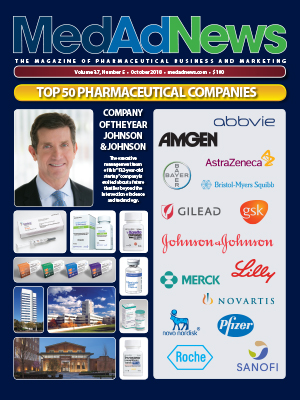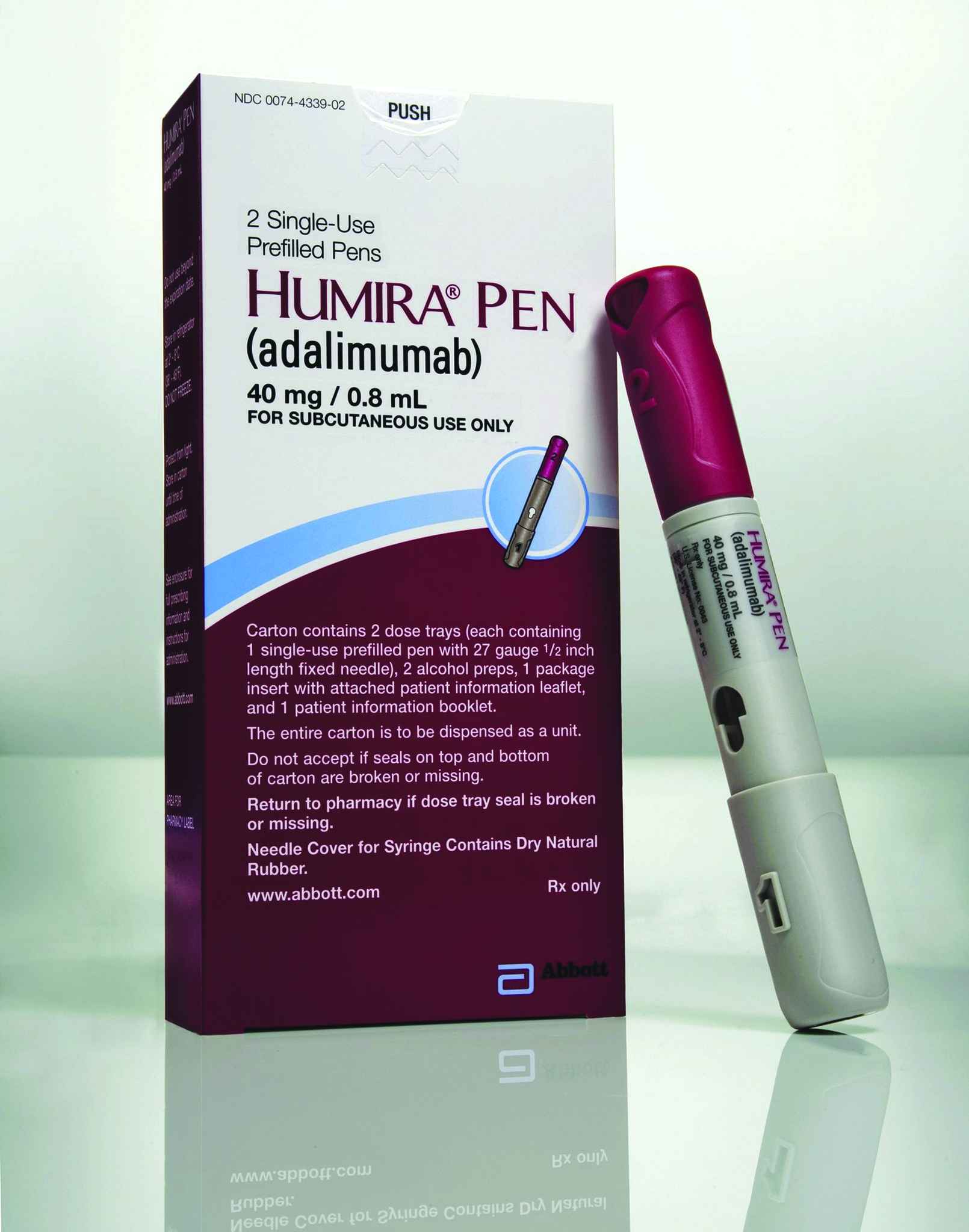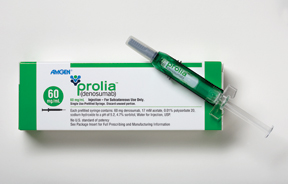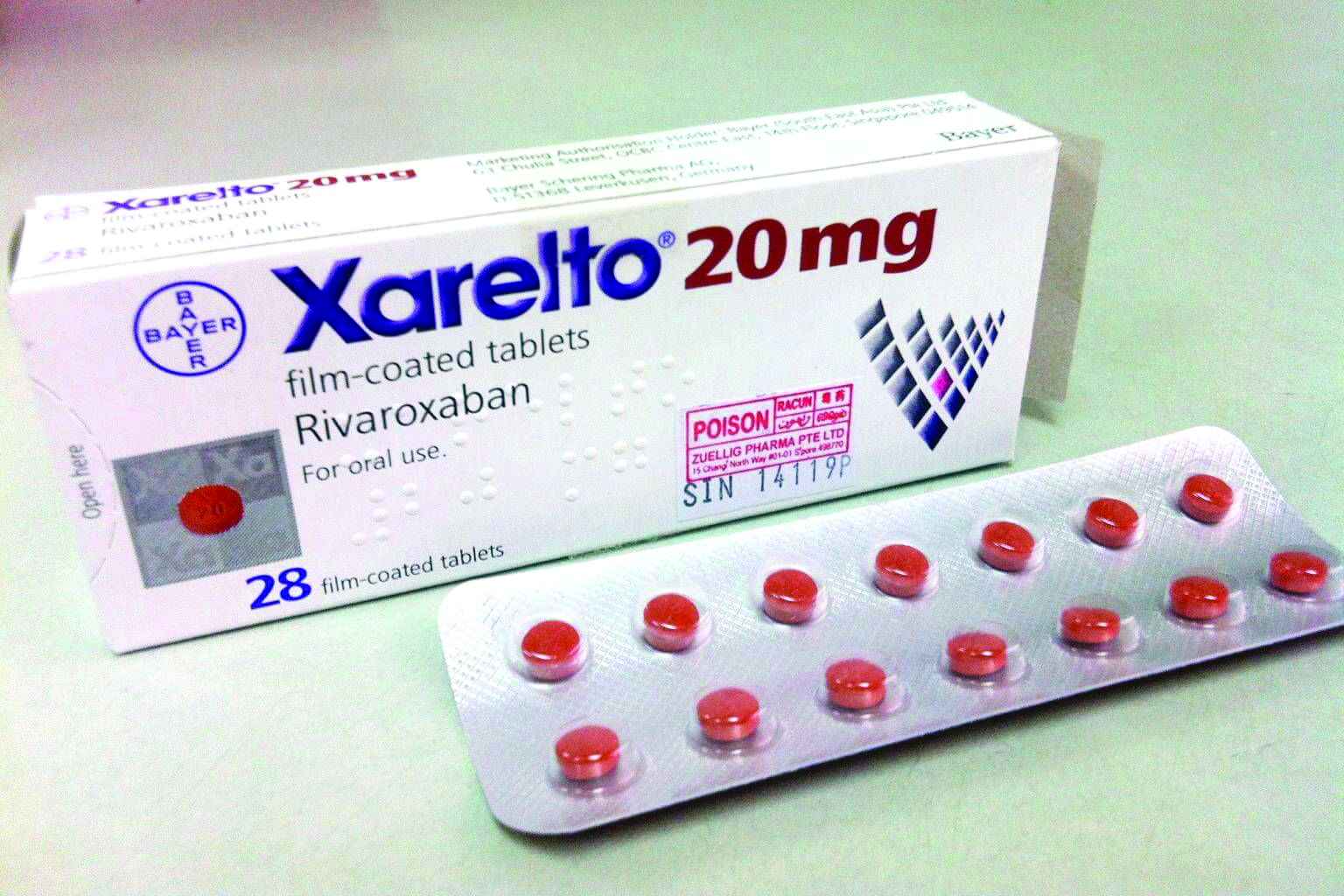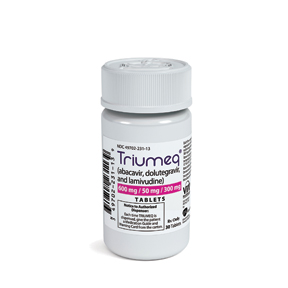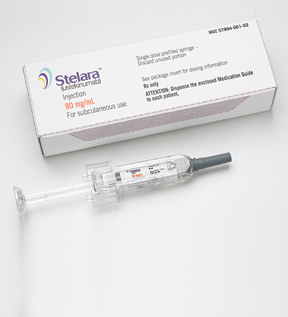For this 32nd annual special report, Med Ad News editors rank and profile the world’s top 50 companies that generate revenue from healthcare products.
The top pharmaceutical companies are trying to proactively tackle, through shifts in R&D strategy and other tactics, the healthcare demands of the future.
While other products are showing signs of growth, the fate of AbbVie is still in the hands of the iconic autoimmune drug.
From 2014 through year-end 2017, Amgen delivered $1.5 billion in transformation and process improvement savings that the company has reinvested in launching new medicines, advancing the product pipeline, and pursuing external business development opportunities.
Even as AstraZeneca’s top-selling drugs continued to be affected by generic competition in 2017, executives say the company’s growth platforms will return the business to growth in 2018 and beyond.
With U.S. antitrust approval of Bayer’s acquisition of Monsanto, the company is looking ahead.
With two potential $6 billion brands now at the top of the company’s portfolio, Bristol-Myers Squibb is officially through the lean times.
On the far side of the company’s brief but transformative adventure with Sovaldi and Harvoni, Gilead is returning to earth with a solid portfolio of HIV drugs.
GlaxoSmithKline management has embarked on the start of a new approach to R&D that aims to capitalize on the company’s assets within a promising early-stage pipeline.
The executive management team of this “132-year-old startup” company is excited about a future that lies beyond the intersection of science and technology.

